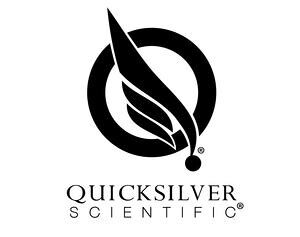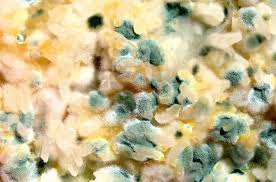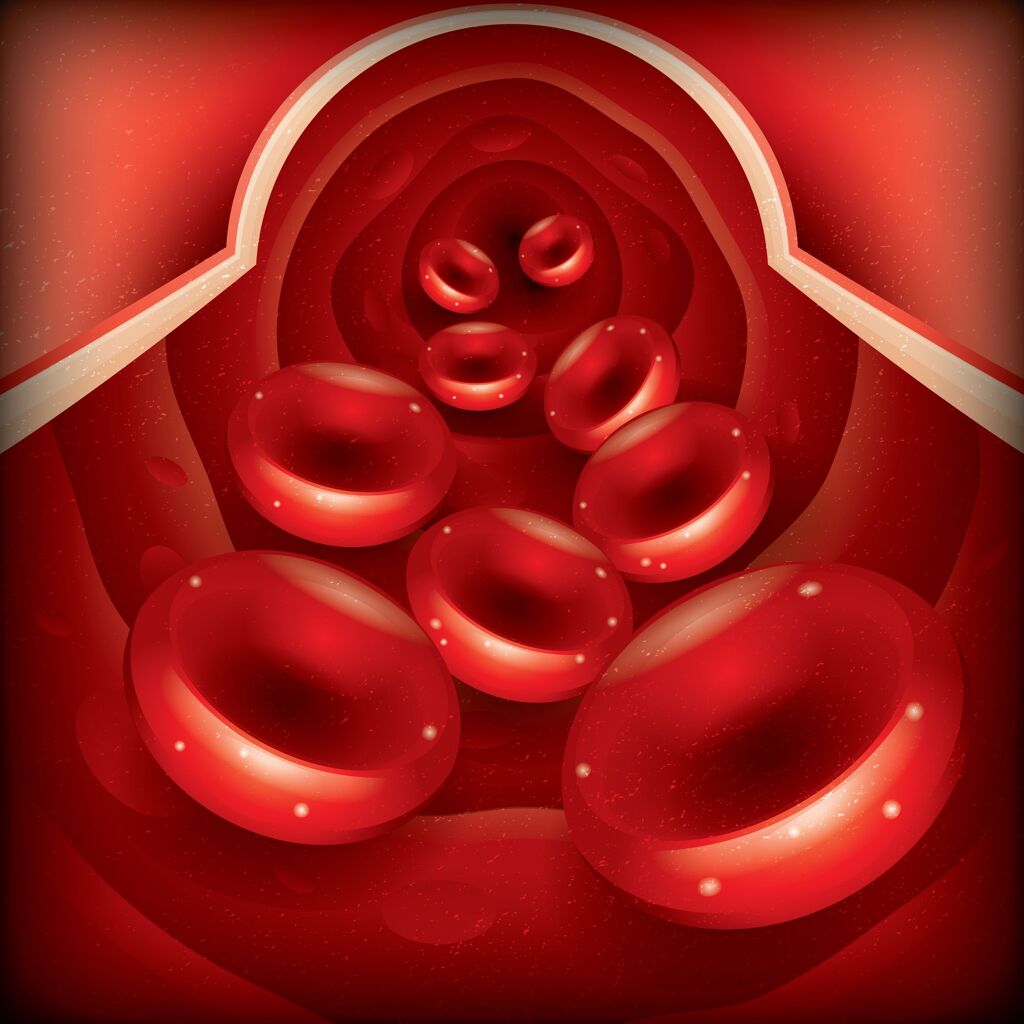Vitamins for Viral Infections (and minerals too)

Vitamins for Viral Infections: In our previous article on viruses and immunity, we discussed the basics of the immune system and lifestyle factors that enhance immune function. In this article, we discuss vitamins and minerals that support immune health and boost the body’s resistance and response to viral infections.
** Please note: If you want the short summary version of this article with a video, then please click here **
Vitamins and minerals are powerful substances and deciding how much of any given supplement to take is a very individualized decision. It should ideally be done with the guidance of a qualified functional medicine practitioner based on individual circumstances and testing.
Vitamins for Viral Infections
Vitamin A is a fat-soluble vitamin essential for proper immune function and plays a role in both cellular (T-cell mediated) and humoral (B-cell mediated) immune responses (Huang Z, 2018). It is involved in the maturation process of natural killer cells (which are essential to clearing virus-infected cells), enhances immunoglobulin production, and regulates the activity of B-cells (Huang Z, 2018).
Note that vitamin A (retinol) is different than beta carotene (which is a vitamin A precursor) and vitamin A will have a much more potent influence on the immune system.
Food Sources of Vitamin A
- Foods rich in vitamin A include liver, cod liver oil, and salmon.
Dosage of Vitamin A
- The Recommended Dietary Allowance (RDA) for men and women is 900 and 700 μg retinol activity equivalents (RAE) per day, respectively. The upper tolerable limit (UTL) established by the National Institutes of Health (NIH) for adults is set at 3,000 μg/day of preformed vitamin A (Institute of Medicine (US), 2001). Vitamin A can be obtained through 1 Tablespoon daily of Cod Liver Oil or 0.25 pounds of liver per week.
- Supplementation: We do not recommend using a supplement that exceeds 3,500 IU of retinyl palmitate (active form of vitamin A) per day without the guidance of a practitioner to monitor liver enzymes and/or vitamin A levels. Vitamin A is fat soluble and can reach toxic levels more easily than other micronutrients.
Vitamin C: vitamin C is a water-soluble vitamin and plays numerous roles in healthy immune function and viral resistance. It contributes to immune defenses by supporting various cellular functions of both the innate and adaptive immune system (Carr A. C., 2017). For example, Vitamin C is found in high concentrations in neutrophils and is thought to provide antioxidant protection for these immune cells, allowing them to maintain greater potency (Carr A. C., 2017).
Food Sources of Vitamin C
- The top food sources of vitamin C include guavas, bell peppers, kiwifruit, strawberries, oranges, papayas, broccoli, tomatoes, kale, and snow peas.
Dosage of Vitamin C
- The RDA for vitamin C is 75 mg for females and 90 mg for males, though this is the amount needed to prevent deficiency and scurvy, not the amount needed for optimal health. Much higher doses can be used for disease prevention and treatment. When supplementing with vitamin C, it is likely safe to dose much higher than RDA daily recommendations.
- We often recommend 500-2,000mg per day and feel this can be safely maintained over a long period of time without blood testing or practitioner monitoring. To increase absorption, we recommend divided doses throughout the day. Talk with one of our practitioners regarding what is appropriate for you.
- It may be possible that vitamin C supplementation in high doses post-exercise could reduce mitochondrial benefits from exercise. We recommend taking vitamin C away from exercise.
- Bioflavanoids play a unique role in helping people with histamine activation and may help balance a certain part of gut immune function. Some vitamin C supplements are combined with bioflavanoids like quercetin, herperidin, rutin, etc. We support this combination as vitamin C rich foods like fruit combine vitamin C with bioflavanoids and there may be some intelligent design at play with a synergy between these compounds for immune function and other purposes.
- Note that liposomal vitamin C may have higher absorption and cellular uptake due to the liposomal coating. The liposomal vitamin C from Quicksilver Scientific is a fantastic product supplied by our clinic.
Vitamin D is a fat-soluble vitamin (technically a steroid hormone) and is crucial for optimal immune function. The vitamin D receptor (VDR) is expressed on immune cells (B-cells, T-cells and antigen presenting cells) (Aranow C, 2011), demonstrating its importance regarding the immune system.
Multiple studies on vitamin D have shown an association between infections (including upper respiratory infections) in those with lower vitamin D levels (Aranow C, 2011). For example, a double blind placebo controlled study using an objective outcome, nasopharyngeal swab culture (and not self-report), and a therapeutic dose of vitamin D showed that vitamin D administration resulted in a statistically significant (42%) decrease in the incidence of influenza infection (Aranow C, 2011).
Sources of Vitamin D
- The best source of vitamin D is sunlight, though this becomes difficult to obtain in some locations and during certain times of the year. Food sources are scarce, but include cod liver oil, oily fish, and egg yolks. A good quality supplement is often the best source of vitamin D. Remember to look for D3 and not D2 (which is the synthetic form and much less effective).
Dosage of Vitamin D
- Intake of vitamin D should be primarily based on blood testing, so get a baseline vitamin D level before starting supplementation. The most reliable test is 25-hydroxyvitamin D (25(OH)D). Although this is not the active form of vitamin D, it is the best representation of overall vitamin D3 levels in the body. What is considered an optimal level varies widely but is likely in the range of 35 – 60 ng/mL. If your level is below 35 ng/mL, supplementation may be helpful. If above 60 ng/ml, we do not recommend supplementing unless under the guidance of a trusted functional medicine practitioner who has specific reasons for supplementation and is monitoring blood levels. When initially supplementing vitamin D, we recommend a blood test every 3 -4 months until you reach your optimal level.
- 2,000 IU is a good place to start. Going above 5,000 IU should ideally only be done under the guidance of a practitioner with levels monitored regularly.
- Additionally, vitamin D increases calcium absorption from food. A different vitamin, called vitamin K2, is primarily responsible for transfer of extra calcium from the blood into bone. When people supplement with vitamin D for a long period of time, there may be increased need for vitamin K2. Although vitamin K is abundant in most people’s diet, the conversion between K1 and K2 can be poor for some individuals. This could lead to an inadequate amount of K2 for optimal calcium transfer to bones. The increased calcium absorption due to vitamin D supplementation may become problematic if that calcium does not have sufficient ability to be transferred to bone. Calcium deposits in non-bone tissue can be problematic. Thus, we recommend that people supplementing with vitamin D longer than a month choose a supplement that is combined with vitamin K2 (or take a second supplement with K2). A minimum of 90 mcg of vitamin K2 MK-7 is our general recommendation.
To Read About Blog Topic, Scroll Down
Want To Work With Our Clinic?
Do you have a chronic or mystery illness that no one has been able to help you with? Are you simply wanting to re-connect with a healthier version of yourself? It’s Time To Finally Feel Better!
Minerals
Now that we have spoken about vitamins for viral infections, let’s also talk about which minerals are helpful.
Zinc is an essential mineral involved in the activity of at least 100 enzymes in the body and is vital to proper immune function. It is essential for the development and function of natural killer cells, T-cells, and B-cells (Prasad A. S., 2008). Zinc activates thymulin, a thymus specific hormone that requires zinc for its biological activities to be expressed (Prasad A. S., 2008). Thymulin binds to T-cells and promotes their function (Prasad A. S., 2008) and T-cell activity is essential to the body’s response to viral infections.
Food Sources of Vitamin Zinc
- Foods high in zinc include red meat (make sure its grass-fed/finished and organic!), oysters, nuts, and seeds.
Dosage of Zinc
- For a systemic effect, zinc can be taken orally. For a more localized influence in the throat, there is evidence suggesting that zinc lozenges are effective in reducing the impact of upper respiratory infections and inhibiting viral replication. A meta-analysis (analysis of multiple studies) indicated an average reduction in duration of the common cold of 40% using zinc acetate lozenges (Hemilä H., 2017). Although the upper tolerable limit (UTL) established by the NIH for zinc intake per day is 40 mg (and we do not recommend going above this for long-term dosing), it may be appropriate to use 80 mg daily of zinc lozenges for up to two weeks to combat the common cold (Hemilä H., 2017). The form of zinc is important as certain forms bind the zinc and reduce its potency (Hemilä H., 2017) so, when used as a lozenge, find zinc acetate if possible. We like the Life Extension Enhanced Zinc Lozenges, which supply 18.75 mg per tablet. Four of these daily (in divided doses) while combating a cold could be beneficial for most people.
- For ongoing intake, 10-15mg per day is a good starting dose for orally ingested supplemental zinc. Dividing this into multiple doses likely increases absorption.
- Zinc can be taken away from food for increased absorption, but may cause nausea in some people depending on dose and the individual.
- We do not like zinc oxide and there are questions around absorption of zinc picolinate. We recommend zinc glycinate, zinc monomethionine, or zinc carnosine. Zinc citrate and zinc acetate are also likely to be reasonably well absorbed.
- If taking 15mg or more of zinc, we recommend also adding copper (about 1/10th as much as zinc, so 1.5 mg per 15 mg of zinc). This is because high doses of zinc can deplete copper over time.
A good test for zinc is a red blood cell (RBC) zinc level. This can be more accurate than a serum level as it is a better indicator of how much zinc may be getting inside cells. In the next part of the virus series, we will discuss quercetin and its action as a zinc ionophore (a substance that transports zinc into the cell). An RBC copper level is also useful when supplementing zinc to ensure copper levels are not reduced to unhealthy levels.
Magnesium may not come to mind when thinking about immune-supportive minerals, but it has multiple key roles in immune function, including as a co-factor for immunoglobulin synthesis (Tam M, 2003) and for proper function of T and B cells. As magnesium plays a role in over 600 enzymatic reactions in the body, it is not surprising that it is crucial for immune function!
Another vital aspect of magnesium in immune function is its role in converting the storage form of vitamin D (25(OH)D) into the active form of vitamin D (1,25[OH]2D). All enzymes that metabolize vitamin D seem to require magnesium, which acts as a cofactor in the enzymatic reactions in the liver and kidneys. (Uwitonze A, 2018). As previously noted, vitamin D is crucial to optimized immune function.
Food Sources of Magnesium
- Good food sources of magnesium include dark leafy greens, seeds, beans, fish, nuts, and dark chocolate.
Dosage of Magnesium
- The RDA for magnesium intake in adults is between 310 mg and 420 mg (depending on age and gender), though individual needs may be higher than this. Work with a functional medicine practitioner to determine the optimal dosage and form for you.
- Depending on diet and amount from food, 150-300 mg can be a reasonable dose of supplemental magnesium.
- 400-600 mg doses can be used when RBC magnesium shows sub-optimal levels on a blood test, but this is best done under the guidance of a practitioner.
- Magnesium glycinate and malate are the preferred forms that we use in the clinic. We sometimes use magnesium citrate (absorbs well) but this has a slight laxative effect (can cause loose stool) in high doses so we generally avoid this form for people with a tendency towards loose stool. We do not use magnesium oxide for helping to restore magnesium levels, but this form does provide strong laxative effects if that is the primary purpose and the magnesium levels do not need to be raised.
Multi-vitamin/Mineral Supplements
We generally do not recommend most multi-vitamins because the outcome of research is poor and the amounts of vitamins and minerals, as well as forms, are generally not optimized. There are some good professional brands that have multi-vitamins that are decent. However, generally these require 4-6 caps per day to get appropriate dosing for the most important nutrients. They also tend to have too much of certain nutrients (like vitamin E) in most cases for the preference of our practitioners.
Our general preference over a multi-vitamin is to instead take a good quality B complex with methylated forms of B12 and folate (such as B Activ by Xymogen), a multi-mineral with good forms of minerals and ratios (such as MinRex by Xymogen), a cod liver oil supplement for vitamin A, a vitamin C with bioflavanoids supplement or liposomal vitamin C supplement, and if needed based on bloodwork, a vitamin D with K2 supplement. In some cases, an extra cap or two of magnesium above what is found in a multi-mineral is appropriate. This is a more targeted approach for the levels of nutrients that are most needed in appropriate forms and quantities. This may mean 4-6 capsules plus 1 teaspoon of cod liver oil. However, that quantity is congruent with high quality brands of multi-vitamins and the quantities and forms are generally more targeted.
Though basic, optimizing intake, form, and physiological levels of specific vitamins and minerals has been shown to have a foundational and potent effect on immune health and viral resistance.
In part four of this series, we will dive into how plant extracts, amino acids, and peptides can benefit the immune system, promote viral resistance, and keep us healthy. Thank you for reading about vitamins for viral infections.
Are You Suffering From A Chronic Illness?
Does your current health situation look like this…
- Do you feel that you have tried many things and either nothing works, or the treatment does not hold?
- Have you been told that there is nothing that can be done to reverse your illness and you just need to manage symptoms?
- Does your illness impact your work, your family, your happiness and your social life?
We specialize in finding answers and solutions for complicated chronic illness when people feel like they have tried everything. If this sounds like you, book a free call with us to see if we are the right fit for your health goals.
Dr. Miles has spoken for the following organizations:


















Responses